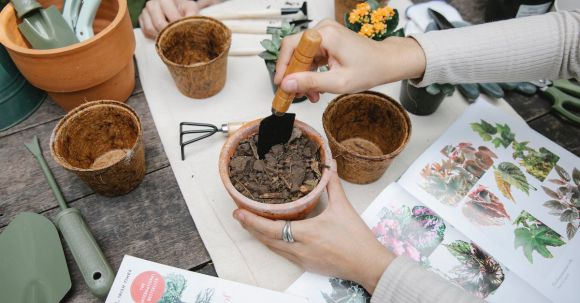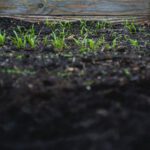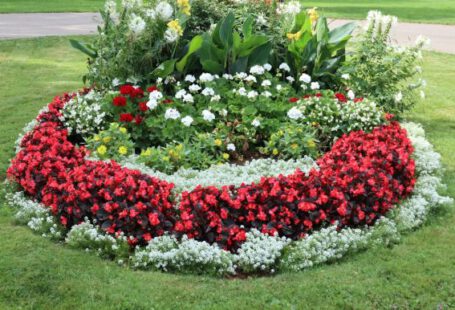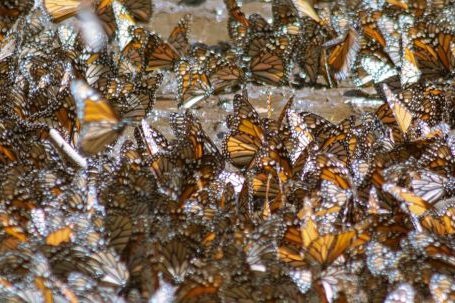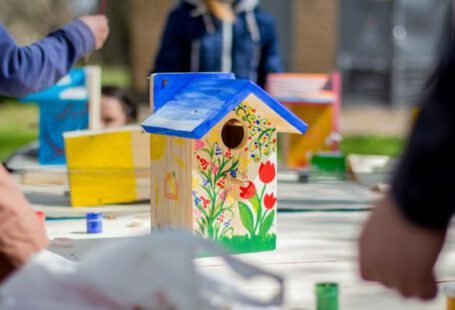Growing herbs in planters is a great way to enjoy fresh, flavorful ingredients right at your fingertips. Whether you have a small balcony or a spacious garden, herb planters are a convenient and versatile option. One key factor that can greatly affect the success of your herb garden is the soil mix you use. In this article, we will explore the best soil mix for herb planters, helping you create the optimal growing conditions for your favorite herbs.
Understanding the Needs of Herbs
Before we delve into the specifics of soil mix, it’s important to understand the unique needs of herbs. Herbs generally prefer well-draining soil that holds just enough moisture for their roots. They also require a nutrient-rich environment to support healthy growth and flavor development. Keeping these factors in mind, we can create a soil mix that caters to the specific requirements of herbs.
The Components of a Good Soil Mix
1. Organic Matter
Adding organic matter to your soil mix is essential for providing nutrients and improving fertility. Compost, well-rotted manure, or leaf mold are all excellent sources of organic matter. Aim for a mix that includes 20-30% organic matter, ensuring a nutrient-rich environment for your herbs.
2. Perlite or Vermiculite
To improve drainage and prevent waterlogged soil, it’s crucial to incorporate perlite or vermiculite into your soil mix. These lightweight materials create air pockets, allowing excess water to drain away while retaining enough moisture for your herbs’ roots.
3. Peat Moss or Coconut Coir
Peat moss or coconut coir are both excellent choices for retaining moisture in your soil mix. These materials help maintain a steady level of moisture, preventing the soil from drying out too quickly. Aim for a mix that includes 20-30% peat moss or coconut coir.
4. Sand
Adding sand to your soil mix can further improve drainage, especially if you are using a denser organic matter like compost. Incorporating sand into the mix helps create a looser, well-draining environment that prevents water from pooling around the roots of your herbs.
Creating Your Ideal Soil Mix
Now that we know the essential components of a good soil mix, let’s put it all together. Start by combining equal parts compost and perlite or vermiculite. Next, add a quarter of the total volume of either peat moss or coconut coir. Finally, add a small amount of sand to improve drainage. Mix all the ingredients thoroughly until you achieve a uniform blend.
Maintaining Your Herb Planter
While having the right soil mix is crucial, proper maintenance is equally important for the success of your herb planter. Here are a few tips to keep in mind:
1. Watering: Herbs generally prefer moist but not waterlogged soil. Water your planter when the top inch of soil feels dry, and avoid overwatering, as it can lead to root rot.
2. Fertilizing: Regularly feed your herbs with a balanced organic fertilizer to ensure they receive the necessary nutrients for healthy growth. Follow the instructions on the fertilizer packaging for the proper application rate.
3. Pruning: Regularly prune your herbs to promote bushier growth and prevent them from becoming too leggy. Harvesting regularly will also encourage new growth and keep your herbs productive.
In conclusion, choosing the best soil mix for your herb planters is essential for creating the optimal growing conditions for your herbs. By incorporating organic matter, perlite or vermiculite, peat moss or coconut coir, and sand, you can create a soil mix that provides the right balance of drainage and moisture retention. Remember to also maintain your herb planter through proper watering, fertilizing, and pruning. With the right soil mix and proper care, you’ll be well on your way to enjoying a bountiful harvest of fresh herbs throughout the year.
